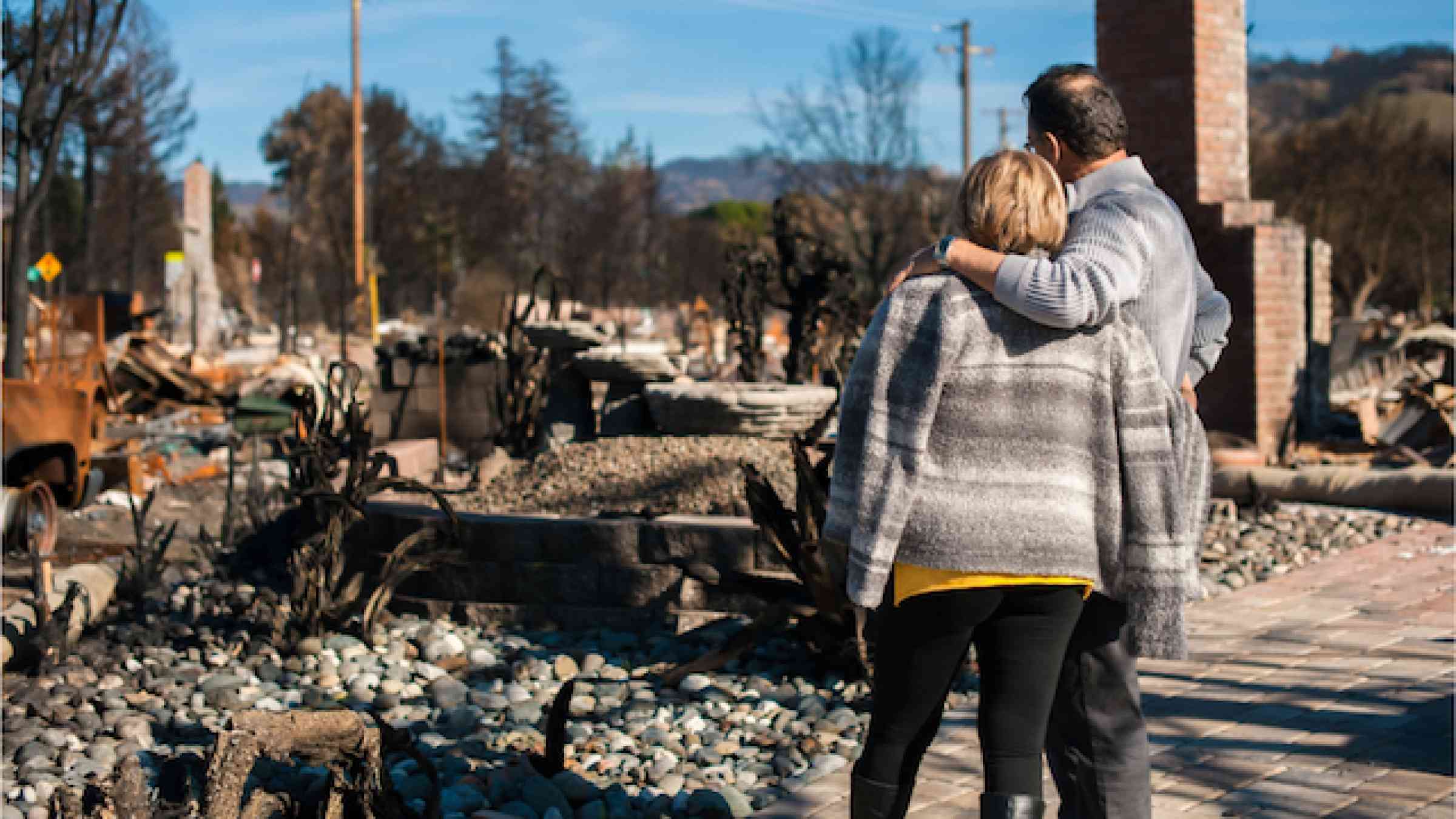Learning Labs: Scaling up Success: How to use disruptive technology for rapid, accurate and low-cost post-disaster damage assessments
When a disaster occurs, governments grapple with many questions: How extensive is the damage? Where are the impacts greatest? What are the priorities for response and recovery? And how quickly can we assess the resulting costs and social impacts? Since 2020, these questions became even more complex, and the compound impact of natural hazards and COVID-19 lockdowns made disaster response much more challenging.
The World Bank’s Global RApid post-disaster Damage Estimation (GRADE) methodology, first deployed in 2015, was adapted as needed to address the new complexities posed by COVID-19. GRADE is a remote, desk-based approach, that answers many of the above questions, typically within one to two weeks. Using sophisticated catastrophe modeling techniques, historical damage data, census and socio-economic data, engineering, satellite imagery and social media, the approach estimates the direct costs of damage with a high degree of accuracy.
GRADE assessments support in determining the appropriate levels of financial and technical support and provide decision-makers with a first order of the disaster’s impact. Assessments can also contribute to baseline information needed for the design of rehabilitation and recovery plans.
Interested participants are invited to register for the Learning Labs as soon as possible through this link.
Session objectives
- Introducing the concepts of the GRADE methodology
- Highlighting a case study where a GRADE is conducted
- Help in interpreting the GRADE results
- Highlighting the FAQs of GRADE
- Developing a community of practice in the Asia-Pacific on GRADE.
Moderator
- Haris Sanahuja Sr DRM Specialist, World Bank
Speaker
- Rashmin Gunasekera-Sr DRM Specialist
- James Daniell-Sr DRM Consultant
Documents
Learn more
Bring your own experiences of previous or potential future post-disaster assessments that you have worked on, and think about how the GRADE process may have aided or may help certain aspects of the assessment.
Where do we stand
Post-disaster damage assessments are critical tools that enable governments to better strategize and mobilize resources for a resilient recovery. They are executed around the world, in many forms, and by various stakeholders, including governments, private companies (mainly in the insurance/reinsurance industry), and international aid agencies. However, some assessments contain significant gaps in terms of detail and timeliness. For other traditional approaches, assessments are often limited in geographic coverage and scope and/or are less accurate, particularly in data-scarce environments of the developing world. Previously, the more detailed and accurate reports often require weeks or months to complete. Increasingly though, governments, donors, and other stakeholders need faster answers from damage assessments in order to prioritize response and mobilize resources.
The award-winning innovative Global Rapid post-disaster Damage Estimation (GRADE) is a remote, desk-based approach that addresses many of the critical questions arising post-disasters within just two weeks, and on average with over 90% accuracy compared to ground-based surveys. GRADE provides an estimate of physical damages to housing, non-residential buildings and infrastructure primarily, followed by other sectors such as agriculture, as requested/required. The methodology utilizes disaster risk modeling techniques (typically used by the global re/insurance industry); historical damage data; engineering, census and socioeconomic survey data; as well as satellite imagery, drone footage, and other social media data to quantify damage estimates to a high level of detail. GRADE is able to provide a timely, independent, scientific, credible sectoral quantification of the spatial extent and severity of a disaster’s physical impact. The GRADE approach has been successfully deployed in over 25 recent disasters. Essentially, using disruptive technology it provides answers at one-tenth of cost and time to 90% accuracy to traditional methods.
Session guiding questions
- What is the GRADE methodology and what approaches does it adopt?
- What are the types of cases and perils in which the methodology can be applied?
- What opportunities exist for the application of the methodology in the period 2022-2025?
- How ready are certain countries and provinces ready for application of the GRADE process?
- What is the current state-of-art on open data portals in the disaster locations for hazard, exposure and vulnerability data and historic loss data for disasters?

Agenda
Location
BNDCC 2- Mezzanine Floor
Online access
Participation
Open to those registered for the conferenceDetails
Contact
Sanjaya Bhatia bhatia1@un.org Tri Utami Handayaningsih triutami.handayaningsih@gmail.com Haris Sanahuja hsanahuja@worldbank.org